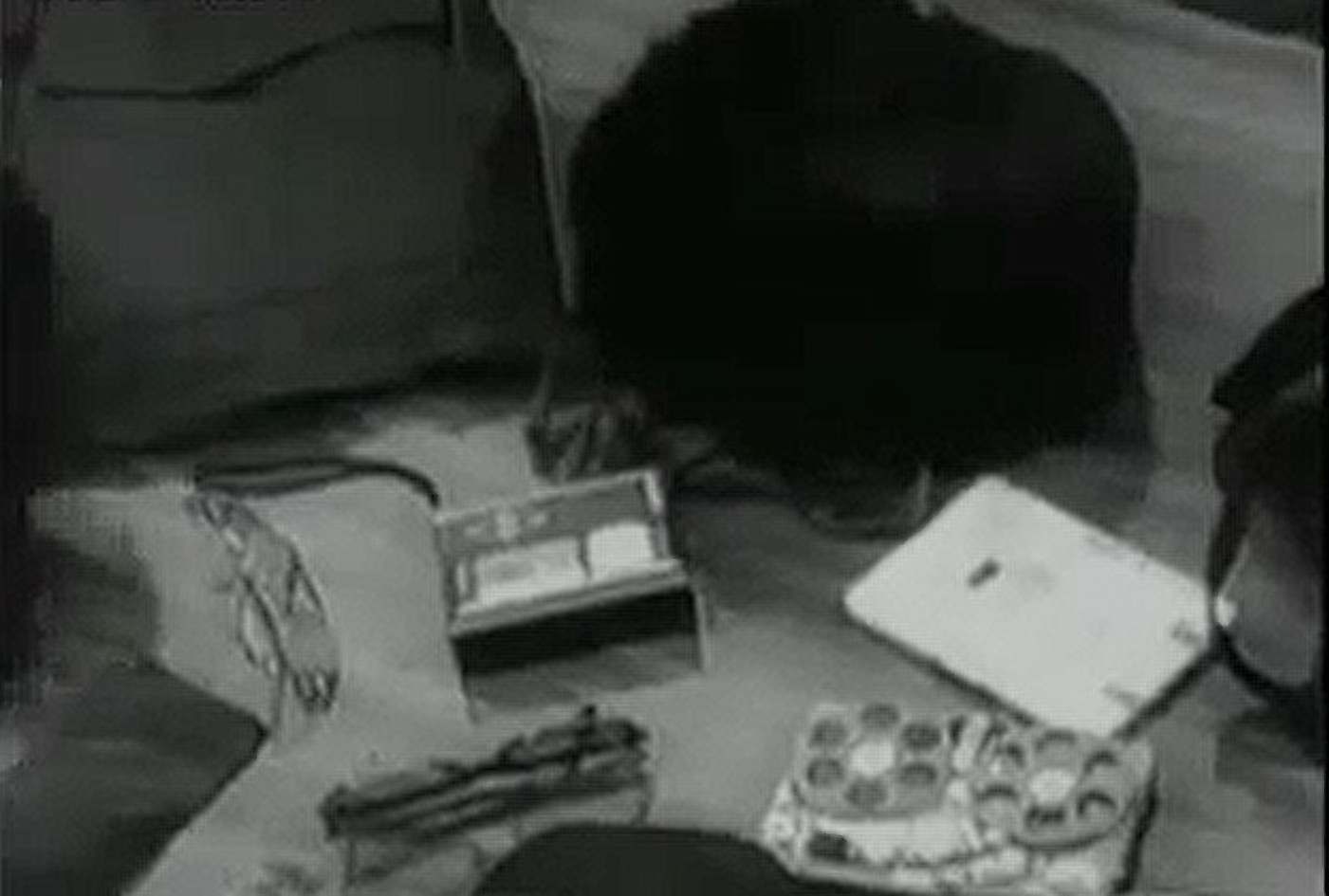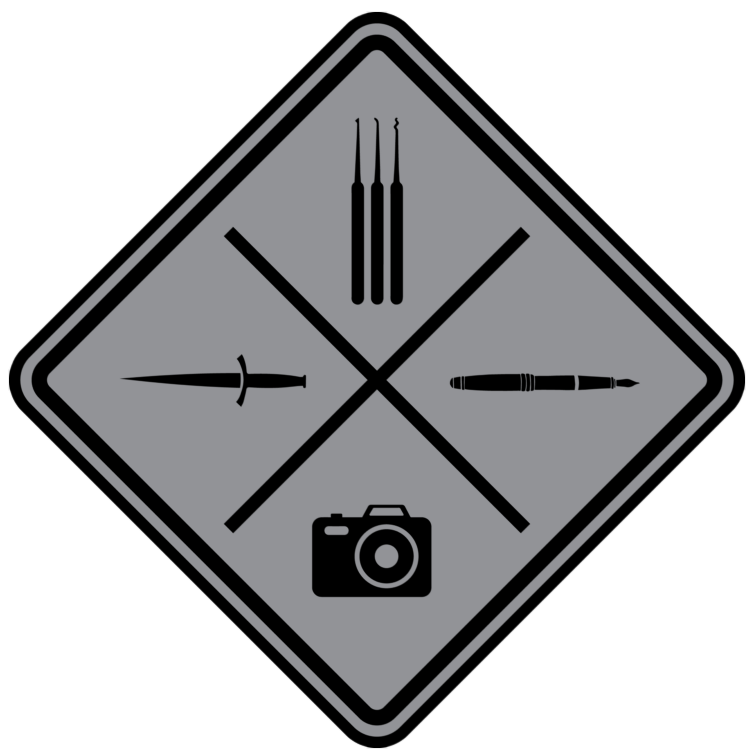
In May 2013, the Central Intelligence Agency suffered one of its most embarrassing fiascoes in recent memory. Not embarrassing in the sense that illegal or immoral activities were brought to light before a Congressional committee. Rather, embarrassing in the sense that one of their case officers looked like a complete fool on the international stage.
The Russian Federal Security Service (FSB) arrested Ryan Fogle, a 29-year-old Third Secretary at the State Department in the US embassy in Moscow (ostensibly) on his way to a clandestine meeting. He was trying to recruit an FSB agent to work as a confidential source for the CIA. The FSB agent in question was assigned to work issues related to Chechnya and Dagestan, an understandably high priority for the CIA at the time. The Boston Marathon bombings occurred just four weeks prior, and the perpetrators were of Chechen origin.
Caught Red-Handed
Fogle was carrying a backpack loaded with undeniable evidence of his intentions to the meeting. The evidence included thousands of Euros, disguise items, and a letter intended for his recruitment target addressed to “Dear friend.”
It’s clear that the FSB was ready for his arrival. A news crew from the local NTV television station stood by to record Fogle’s arrest. The propaganda value of an arrest of this nature is almost incalculable. It’s also completely in keeping with Russia’s historical playbook. Fogle is seen face down on the ground with an FSB agent kneeling over him, a wide-eyed expression of panic evident. His blonde wig is already askew. He’s hoisted to his feet and placed in a vehicle, hands cuffed behind him.
Fogle was soon the subject of live media broadcasts, a press conference, and an international crisis. His face was broadcast all over the world, tight-lipped and clearly frightened. The FSB summoned three high-ranking US embassy officials to the Lubyanka Prison in the middle of the night to discuss the situation. They were left nearly speechless and deeply uncomfortable as an unseen FSB official verbally berated them on camera. “At first, we could not even believe that this could be happening, because you well know that in recent time the FSB has actively helped the investigation of the bombings in Boston.”

Media Blitz
A table filled with the physical evidence against Fogle left many observers scratching their heads. Why did he need to take a compass with him to a meeting in a park in the middle of the city? Why was he carrying two different wigs and three sets of eyeglasses on him at the same time? The CIA has an extensive and well-documented history of using incredible disguise techniques in Moscow, going back to the days of Tony and Jonna Mendez. Fogle’s disguise items were far beneath the agency’s capabilities. The New York Post quoted Senator Diane Feinstein the day after Fogle’s arrest, saying, “To have anybody that represents us wandering around in that stupid wig with over $100,000 — we’re looking into it.” This came immediately following a tense meeting with William Clapper, the Director of National Intelligence. The CIA had egg on its face.
Fogle returned to the US five days later, declared persona non grata by the Russian government. This was par for the course in the spy game. But the Russian government went one step further. They also named the CIA station chief in an official press release, something considered very taboo among the world’s top espionage organizations.
For almost everyone following the news, this looked disastrous. But for Michael D. Sellers, it looked like déjà vu.
Cold War Flashback
Fogle’s case bears some astonishing similarities to an earlier incident in Moscow. So many similarities in fact, that Russia may have put more planning into that night’s events the CIA did. In fact, I think it’s safe to say that Fogle was never the subject of a serious counterintelligence investigation. Rather he was an unwitting pawn in a staged Russian propaganda operation. To understand how this could be, we need to turn back the calendar to 1986.
Michael D. Sellers was a talented CIA case officer posing as a young second Secretary at the US embassy in Moscow. He spent 21 months conducting some of the most high-risk human intelligence operations imaginable. All of them in what was probably the most non-permissive espionage environment in the world at that time. One night he left the embassy to meet a source he hadn’t seen in person in nearly a year. Wearing a blonde wig nearly identical to Fogle’s, Sellers was arrested by the Soviet KGB upon arriving at the meeting site. He too was declared persona non grata and expelled post-haste from Moscow. Looking back on Fogle’s arrest, Sellers later commented that everything was identical to his own arrest. Right down to the color of the walls in the prison facility where Fogle was detained.

The CIA’s “Top Guns”
However, other aspects of Sellers’ story do not line up with the public perception of Fogle’s competence, or capabilities. Sellers described an intense training pipeline for any agent assigned to Moscow Station in the mid-1980s. For ten months in 1983 and 1984 he studied the Russian language. He also learned the complete operational history of Moscow Station’s operations to date. Afterwards, Sellers spent two months in the Soviet Internal Operations Course. Milton Bearden compared the Internal Operations Course to the US Navy’s “Top Gun” school for fighter pilots. Only a few handpicked agents were selected to attend. Their future assignments behind the Iron Curtain were considered the most difficult jobs in the CIA. Sellers’ description of the approval process for committing an operational act (i.e., meeting with a confidential source somewhere in the city) reveals the stunning amount of planning and oversight that went into this seemingly mundane act.
From Sellers’ website, mdsauthor.thejohncarterfiles.com: “Because of the 24/7 surveillance, performing an operational act required devising a scenario that would allow the officer to escape from surveillance without the tailing Soviets agents’ surveillance being aware the officer had disappeared, and then… re-inserting himself into his normal life without surveillance ever suspecting he had been missing… Each such scenario involved at least 100 hours of meticulous and imaginative planning and had to be approved first by the Deputy Chief of Station and Chief of Station, then at Langley by the C/USSR Branch, C/SE/Operations, and finally by C/SE Division Burton Gerber who had served previously as COS Moscow and was not hesitant to reject any operational plan that he found lacking. Michael’s language skill and ability to “pass” as a Russian contributed to the number and sensitivity of the operational acts he was called upon to carry out.”
Time to Act
Once the operational act had been approved, Sellers went to great lengths to shake the surveillance team following him. These strategies included stowing himself in hidden compartments in specially modified vehicles. Sometimes he disguised himself as a different, lower-ranking embassy employee when exiting or entering the facility. He would even enter an apartment and rappel out a back window as surveillance took up positions at the front of the building. At what Sellers’ final, climactic source meeting in Moscow, he realized immediately that his source had been turned by the KGB. The man had lost weight since their last meeting, was visibly nervous, and stammered out a greeting. Sellers braced himself for what he knew was coming. Suddenly he was surrounded by KGB agents who removed his disguise, filmed him, and hustled him into Lubyanka Prison. Exactly what would happen to Fogle 27 years later.

Much had changed in the nearly three decades between Sellers’ and Fogle’s assignments to Moscow Station. But we can safely presume that Fogle would also have received intense training before heading to Moscow. The CIA knows that Putin’s Moscow is still a difficult and dangerous place to conduct human intelligence operations. This makes Fogle’s arrest and apparent complete ineptitude at spycraft all the more mystifying. Was this a case where an entire CIA Station had turned lackadaisical in its efforts to protect its personnel? Could Fogle have simply ignored protocols in place which he felt were too onerous? Both are possible, but I think there was at least one more ingredient in the mix. Russia’s invisible hand clearing the path for the meeting to happen, and then compounding Fogle’s own errors for the cameras.
The Invisible Hand
I posit that Fogle’s contact was in on the ruse from the start and worked with his FSB counterparts to put Fogle at ease beforehand. This might have included proactively reaching out to the CIA as an intended defector. The source might also have deliberately canceled planned surveillance of Fogle. He would have met Fogle in public places and provided solid intelligence. Thereby proving his value, while consistently downplaying the FSB’s surveillance capabilities. Eventually, Fogle might have foregone the normally meticulous planning for the operational act.
This is what is known as a “dangle,” something the CIA is very familiar with. If so, the FSB had successfully set the hook. It was time to reel in their catch.
I think it’s likely that not all the items displayed as evidence actually originated with Fogle. The compass in particular seems out of place and useless, unless it is a disguised item. The Moscow city guide wasn’t something he was likely to need to find his way around. Although it might have served as a surreptitious notepad or something similar. Fogle’s use of a seemingly ancient Nokia phone in 2013 was also widely mocked. However, it may have been one of the smartest low-tech choices he made. It’s easy to remove the battery and SIM of an older model phone to mitigate pinging nearby cell towers with your location. Older phones are also less likely to carry the wide variety of tracking software that pervades our current-model smartphones.
What Was Missing?
If Fogle had any other items of interest to the FSB, they may have chosen not to display those items. The CIA has a long history of using extremely effective disguises to evade surveillance in Moscow. Possibly the FSB elected not to include a realistic mask in their media blitz. This would have made Fogle, and the CIA appear less capable than they actually are. It is also abundantly clear that Fogle’s wig was forcibly removed during the arrest, then deliberately placed askew for the after-action photo op. For some reason, no media outlet that I could find commented on that. The worst optic of the entire event from the US perspective is also the most obvious play from the Russian perspective.

After Fogle’s return to the United States, he seems to have dropped off the radar once again. I found no further media coverage of him after the summer of 2013. There are indications that he is still employed with the CIA, but he maintains an understandably low profile. Did his career recover? Michael Sellers thought that it would. When interviewed by the St. Louis Post-Dispatch, he responded, “He should be fine.” Getting PNG’ed from Moscow establishes a certain kind of street cred within the Agency. Hopefully Fogle moved on to greener pastures.
Conclusion
Many aspects of this incident will reverberate with anyone familiar with the CIA’s operations in Moscow. Michael Sellers isn’t the only agent to be PNG’ed in a similar manner. Case officer Martha “Marti” Peterson received similar treatment in 1977, although we can be certain her source was not in on the ruse. He had swallowed a suicide pill when caught by the KGB the month prior, rather than face their harsh interrogation methods and inevitable execution. The US also arrested but quickly exchanged the famous “Russian Ten” spy ring in July 2010, a month after their arrest in the United States. It’s generally true that for better or worse, the case officers running sources in a foreign country almost always fare much better than the sources themselves when everything goes sideways.
If you want to learn more about Michael Sellers, check out Episode #03 of the Spycraft 101 podcast, where I interviewed him about his own experiences in Moscow and elsewhere. He’s also currently writing a book titled Year of the Spy, and hopefully it will be published soon.



